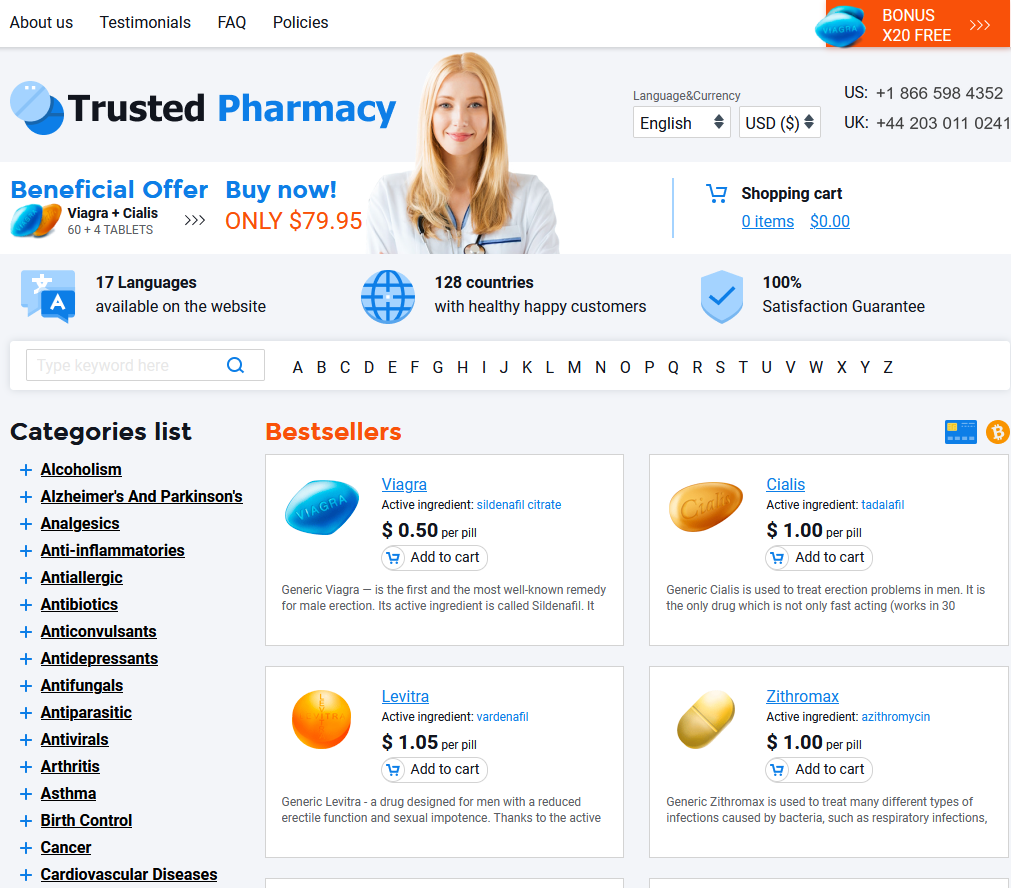Understanding Augmentin: What Makes It Unique
Augmentin stands out in dental medicine due to its dynamic formula—a blend of amoxicillin and clavulanic acid. Unlike plain penicillin, clavulanic acid disables certain bacterial defenses, allowing amoxicillin to work more effectively. This synergy makes Augmentin a reliable option when dentists encounter stubborn oral infections that don’t respond to standard antibiotics.
What truly sets Augmentin apart is its broad-spectrum effectiveness. It can target a wide array of bacteria commonly implicated in tooth and gum infections, giving clinicians an invaluable tool to combat serious oral health threats.
| Component | Function |
|---|---|
| Amoxicillin | Kills bacteria by disrupting cell wall formation |
| Clavulanic Acid | Prevents bacterial resistance by blocking beta-lactamase enzymes |
Common Dental Infections Targeted by Augmentin

In dental practice, augmentin is frequently prescribed to address infections that arise from both teeth and gums. Issues like dental abscesses often occur when bacteria infiltrate damaged tissue or deep cavities, leading to painful swelling and pus formation. This medication is renowned for its ability to treat such situations effectively.
Gum infections, including aggressive periodontitis, also respond well to augmentin. By targeting the bacteria responsible for inflamed and receding gums, it not only reduces symptoms but also helps prevent further tissue damage. Dentists rely on its proven track record for rapid infection control.
How Augmentin Fights Tooth and Gum Bacteria
When bacteria infiltrate the tooth or gum, they create stubborn infections that can be difficult to treat. Augmentin combines two active agents: amoxicillin and clavulanic acid. This powerful pairing allows it to target and destroy a wider range of harmful oral bacteria. Unlike regular antibiotics, augmentin overcomes bacterial resistance by neutralizing the enzymes that some bacteria use to defend themselves. As a result, patients often experience faster relief from pain, swelling, and infection when prescribed this medication in dental care.
Proper Dosage and Administration in Dental Care

Augmentin plays a significant role in managing dental infections, but using the correct dosage is crucial for optimal results. Dentists often tailor the strength and duration of therapy to each patient’s age, weight, and infection severity. For adults, the standard course typically involves 500/125 mg every 8 to 12 hours, though in severe infections, doses may be adjusted. Children’s dosages are carefully calculated based on body weight, ensuring both safety and effectiveness.
Taking Augmentin at evenly spaced intervals maximizes its effect, and completing the prescribed course is essential—even if symptoms improve early. This prevents bacterial resistance and ensures long-term dental health. Always follow your dentist’s instructions for best outcomes.
Potential Side Effects and Precautions to Note
While Augmentin is widely prescribed for dental infections, patients occasionally experience mild side effects such as diarrhea, nausea, or skin rashes. It’s important to report unusual symptoms to your dentist, especially signs of an allergic reaction like swelling or difficulty breathing. Special caution should be taken with individuals who have a history of penicillin allergy or severe kidney issues, as these conditions may require dosage adjustments or alternative treatments.
| Common Side Effects | Precautions |
|---|---|
| Diarrhea, nausea, rash | Monitor for allergies; adjust for kidney problems |
Comparing Augmentin with Other Dental Antibiotics
While several antibiotics find their place in dental care, Augmentin stands out with its unique formulation of amoxicillin and clavulanic acid. This combination gives it a broader spectrum of activity, especially against bacteria that can resist plain penicillins. Its enhanced effectiveness makes it a strong candidate for complicated dental infections.
In contrast, options like clindamycin and metronidazole are reserved for patients allergic to penicillin or for targeting specific anaerobic bacteria. Dentists often weigh these alternatives based on the infection’s severity and the patient's medical history.
Ultimately, the choice of antibiotic hinges on balancing efficacy, side effect risk, and the bacteria’s susceptibility within the oral environment.

